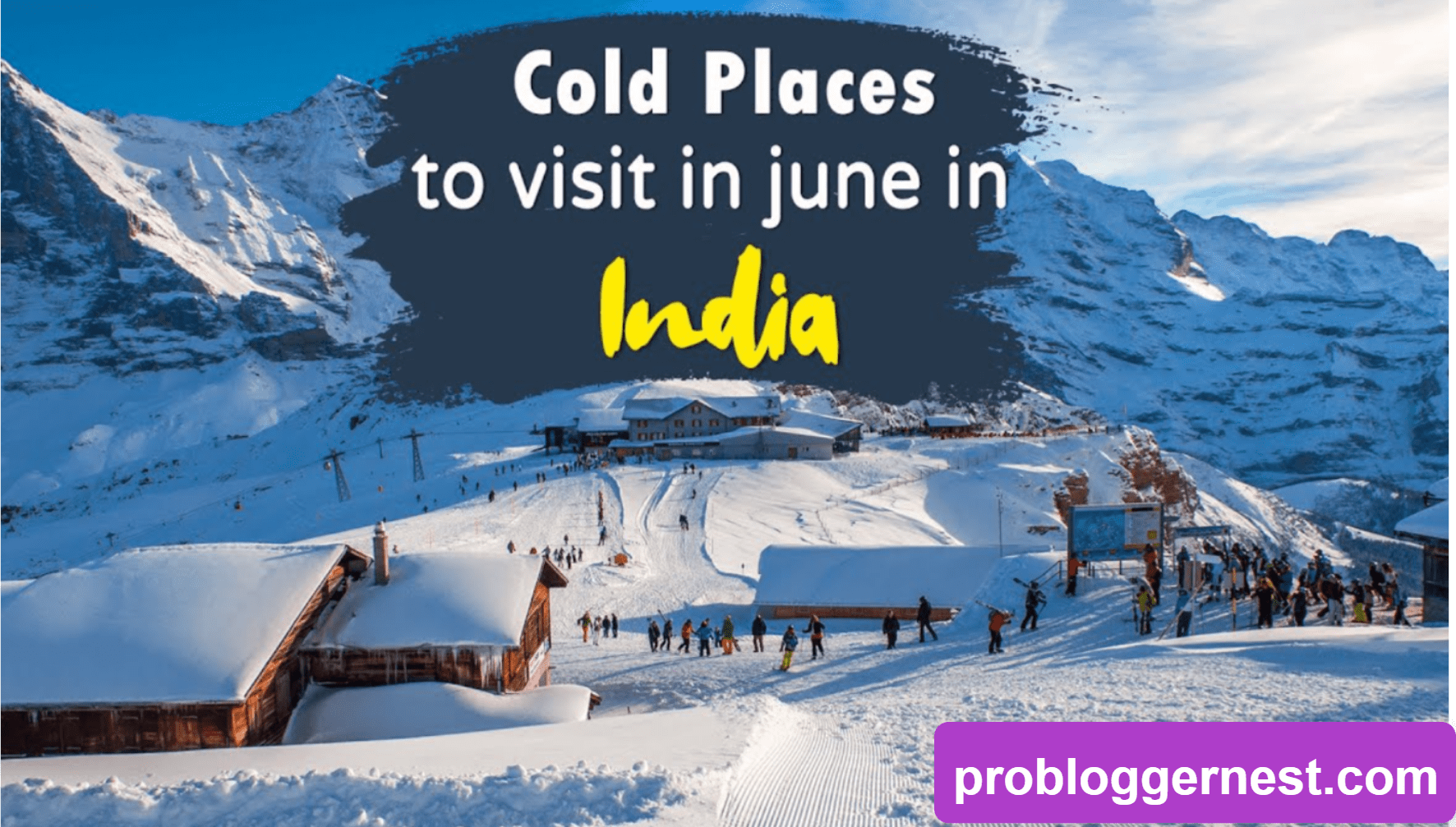Dras, located in the Union Territory of Ladakh, is frequently cited as Coldest Place in India as inhabited place, famously dubbed the “Gateway to Ladakh.” In winter, temperatures in Dras can plummet to a chilling minus 45 degrees Celsius (-49 degrees Fahrenheit), making it one of the most severe climates in India.
India’s Coldest Locations
Aside from Dras, other regions in India, such as parts of Jammu and Kashmir, Himachal Pradesh, and Uttarakhand, also experience harsh sub-zero temperatures during the winter months. Dras stands out in India, a country celebrated for its diverse landscapes and climates, offering a stark contrast with its extreme conditions. This article delves into Coldest Place in India, including a list of the top ten coldest locations and the coldest state.
Exploring the Extremes: India’s Coldest Spots
In India, even during the warmer months, places like Dras and Leh in Ladakh remain remarkably cold. This characteristic makes India a captivating destination for those seeking adventures off the beaten path, with its stunning natural beauty, challenging climates, and unique cultural landscapes. Despite the harsh conditions that test the endurance of both residents and visitors, these areas provide a unique glimpse into the vast diversity of India’s environments and cultures, showcasing the allure of even the most inhospitable settings.
India, a tropical nation, surprises with regions where the climate can be exceptionally severe. The country features a range of environments from the deserts in the west to the mountainous regions in the north, showcasing a startling contrast in temperatures. While some parts of India experience the lowest temperatures on earth can be the Coldest Place in India, there are regions where the mercury can dip as low as minus 60 degrees Celsius.
List of Coldest Place in India
Here is a list of the coldest places in India along with their lowest recorded temperatures:
- Dras Valley, Jammu and Kashmir: -45 degrees
- Siachen Glacier, Ladakh: -50 degrees (India’s coldest recorded temperature)
- Sela Pass, Tawang: -15 degrees
- Lachen and Thangu Valley, North Sikkim: -10 degrees
- Leh Ladakh: -35 degrees
- Munisiyari, Uttarakhand: -10 degrees
- Spiti Valley, Himachal Pradesh: -30 degrees
- Sonamarg, Jammu & Kashmir: -6 degrees
- Srinagar, Jammu & Kashmir: -30 degrees
- Rohtang Pass, Manali: -5 degrees
India’s Coldest Spot: Dras Valley
Located in Kargil, within the Ladakh region, Dras is not only the Coldest Place in India but also the second coldest inhabited area in India. Situated at an altitude of 3280 meters above sea level, Dras serves as a crucial gateway for trekkers heading towards Sialkot and the Amarnath cave. The area, with its stunning landscapes of ridges and snowy mountains, often sees temperatures dropping to -45 degrees Celsius in winter can be Coldest Place in India. The optimal time to visit Dras is from June to September, making it accessible for those who wish to explore its beauty and remember the heroes commemorated at the Dras War Memorial, dedicated to the martyrs of the Kargil war.
India’s Diverse Climates and Coldest Records
From the tropical warmth of its southern regions to the frigid cold of its northern heights, India presents a fascinating array of climates and temperatures. The Coldest Place in India temperatures ever recorded, such as the -45 degrees Celsius in Dras, illustrate the extreme conditions that can be found within this diverse country. This variety not only challenges the people living in these harsh climates but also attracts tourists from around the world, drawn by the unique and diverse natural beauty and cultural heritage India has to offer.
Exploring the Chilled Landscapes
The allure of Coldest Place in India extends beyond mere temperature extremes; these areas are also significant cultural and ecological destinations. In Leh Ladakh, visitors are enchanted by the serene monasteries and the stark beauty of its high-altitude desert landscape, while the pristine icy beauty of Dras offers an entirely different kind of tranquility. Each winter, these regions transform into a paradise for adventurers seeking to ski or snowboard in some of the least explored slopes in the world.
Additionally, the unique wildlife adaptations and the traditional lifestyles of the local communities offer fascinating insights into resilience and sustainability. Engaging with these cold habitats provides tourists not only with a profound appreciation for nature’s extremities but also highlights the importance of preserving these delicate ecosystems amid changing global climates.



